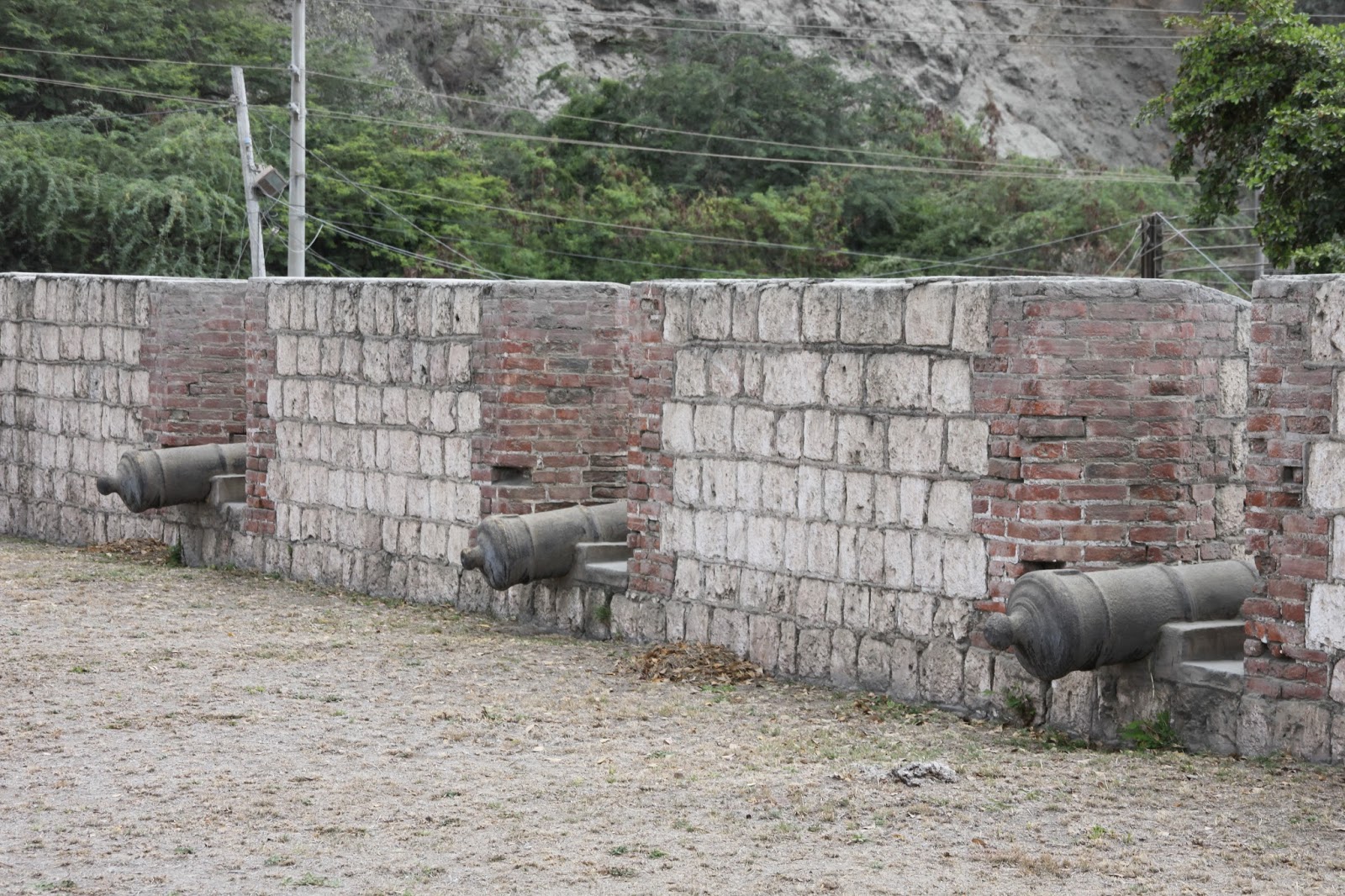Under siege of time: Kingston's majestic fortresses maintain appeal despite falling in ruins
 |
| Walls and ruins at Rockfort, coated with cement dust, staved off infiltrators and was the first line of defence. |
Fire a cannon?
Just the mention of it is enough to transport you to the 17th century, when, the now-cement-dust-coated, cold stone walls of Rockfort were the front line of defence of Kingston.
The cars that sped by on Sir Florizel Glasspole Boulevard faded into a distant obscure frame, the soldiers in rapt attention manning the metal-forged weaponry, looking out at the turquoise blue Caribbean Sea.
“Rockfort,” informed Greenland, who is director of the National Museum Jamaica at the Institute of Jamaica, “was developed primarily because of fears of an attack on Kingston and the Liguanea Plain from the East, primarily the invasion of 1694.
 |
| A facade of Rockfort stands grounded and tall as a testimonial of Jamaica's history. |
Forts and palaces the world over are majestic, grandiose, awe-inspiring, oft-intimidating structures serving a specific purpose. Rockfort and other fortifications in Jamaica are no exceptions.
Fast-forward to 21st century, preservation of the past and heritage has become a key focus of countries worldwide.
“Yes, it is an unforgettable experience and easily done,” Greenland emphasised. “At other similar structures around the world, they have demonstrations of old technologies, including cannon fire and musket fire.”
What was once a impermeable structure, now has skeletons of bricks inside the fort walls; the cannons still sitting on the parapet, watching the traffic zip by.
A couple of miles down the road at Harbour View stands, obscured by the fast-developing modern world, the Martello Tower, which overlooked what was once Fort Nugent.
 |
| Martello Tower stands above Harbour View. Built around 1793, it overlooks Kingston Harbour, Palisadoes and Hope River |
FORTIFICATION GONE
The fortification, which is long gone, was built by James Castillo, after the French Revolutionary Wars beginning 1793. This was strengthened by the English Governor George Nugent, and the fort was named after him.
The steep path leading to Martello Tower seems to have been transfixed in a time warp. Loose gravel and stones crackle under the treads of the tyres as the car revved up the torque. The brief ride is nothing less than an adventure, negotiating the twists and turns.
Martello Tower, the small defensive fortification which housed a battery of soldiers, has a steep, narrow, dark staircase leading up. The flight up the broken stones, enough to induce vertigo, opens up to the most spectacular view of Kingston Harbour, the Palisadoes, and the Mona River.
 |
| Spectacular view atop Martello Tower |
According to Greenland, preservation of historical structures is necessary to educate Jamaicans on the nation’s journey and they also have the potential to become places of interest to tourists.
“They are part of our history. In many ways, they are the physical manifestations of the forces that helped to shape Jamaica’s culture colonialism, slavery, force, power, development and resistance,” he said.
“They (heritage sites) provide sensory experiences, informal learning opportunities, opportunities for creative play,” Greenland said. “They are dramatic, as you can see, and often beautiful although covered in cement dust, in the case of Rockfort.”
“So we can whizz past them or let them fall to pieces,” Greenland said. “But if used properly, they are invaluable teaching tools for all ages.”



Comments
Post a Comment